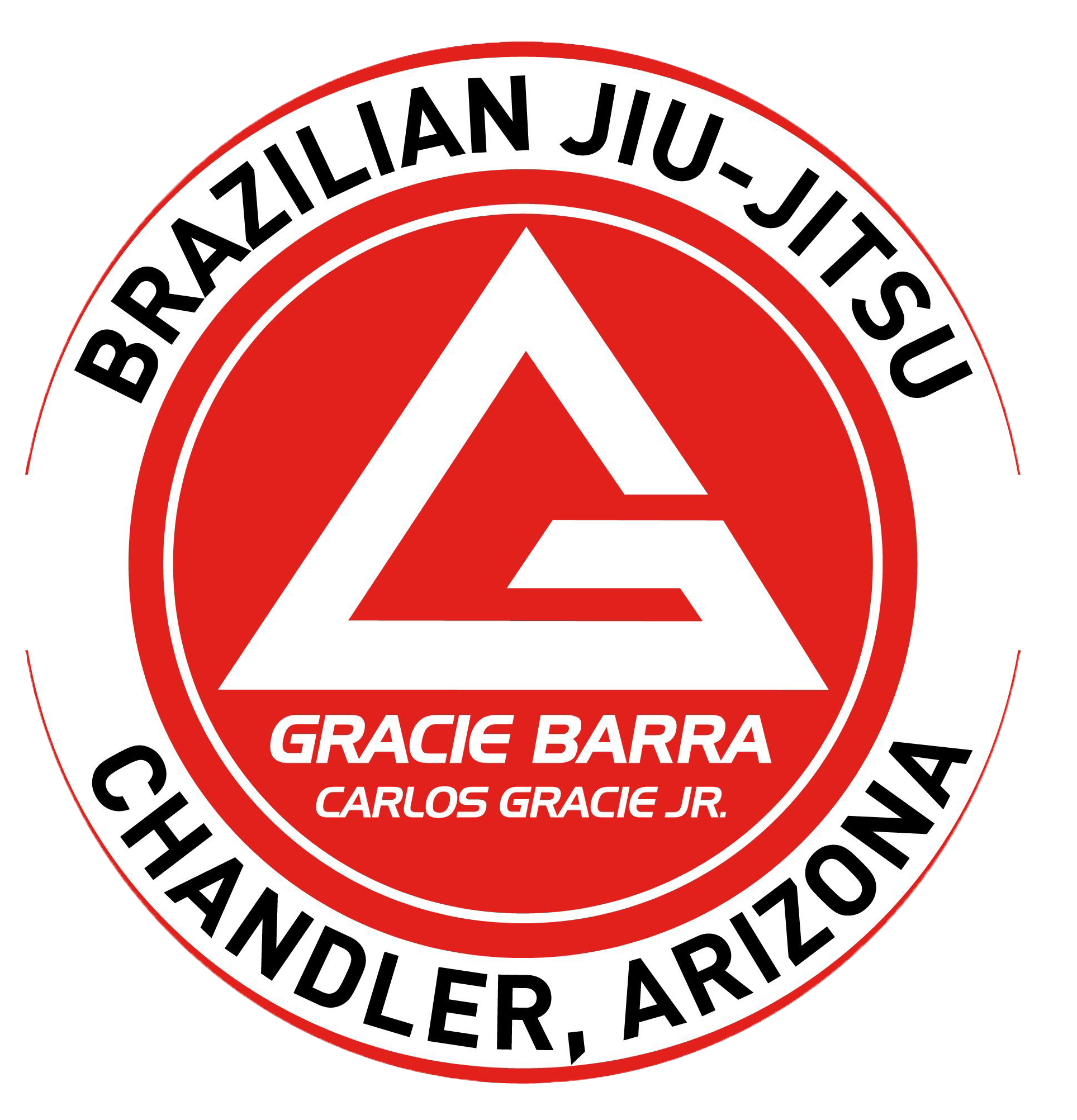Different Types of Jiu-Jitsu Styles
Different Styles of Jiu-Jitsu Practiced Around the World
Brazilian Jiu-Jitsu is one the most preferred martial art forms in the United States due to its strong foundation and ability to favor “the little guy”. But have you heard of the many variations of jiu-jitsu practiced throughout the globe? Pay homage to the origins of Jiu-Jitsu and find out the different types of styles that exist throughout the world.
Japanese Jujutsu
Japanese Jujutsu is a style of martial arts that many grappling and ground fighting styles originate from. It stems from techniques used by Samurai during close combat and other means of warfare. The original form of jujutsu included three phases of fighting: striking, grabbing, and ground fighting.
The martial art taught more than self-defense and often included lessons in physiology as well as first aid. These teachings can still be seen in traditional Japanese jiu-jitsu classes but are rarely seen in competition. The core ground fighting skills, however, are used throughout the different types of Jiu-Jitsu styles around the world.
Brazilian Jiu-Jitsu
Through the spread of Japanese Jujutsu came the evolution of Brazilian Jiu-Jitsu, BJJ. Mitsuyo Maeda, a judoka from the Kodokan Judo, brought the Japanese martial art to Brazil and began training some of the most famous fighters world-wide. Two of his students, Carlos Gracie and Luiz Franca, would later spread their teachings throughout the country.
Gracie Jiu-Jitsu
This form of Brazilian Jiu-Jitsu is practiced at our prestigious Gracie Barra School in Chandler and was passed on by the teachings of Grandmaster Carlos Gracie. The focus of this brilliant martial art is more than just joint locks and submissions. The martial artists that practice the Gracie form of BJJ adopt a lifestyle around a strict code of conduct that include brotherhood and integrity.
Our school in Chandler covers a variety of fundamentals and techniques passed down to Master Carlos Gracie from his world-renowned family. These techniques are taught through training methods that have been refined from the original Gracie family and passed down to our schools.
The legacy of the Gracie brothers lives on through the teachings at Gracie Barra Chandler and our other gyms located throughout the globe.
Machado Jiu-Jitsu
Cousins to Master Carlos Gracie, the Machado brothers trained with him until the passing of Rolls Gracie. The Machado brothers helped bring Brazilian Jiu-Jitsu to the United States and continue teaching their variation of Gracie Jiu-Jitsu.
Other BJJ Styles
Another student of the great Mitsuyo Maeda, Luiz Franca spread his jiu-jitsu teachings throughout the outskirts of Rio de Janeiro to military personnel and the impoverished community. Among his students was Oswaldo Fadda.
Oswaldo Fadda went on to spread his own variations of Brazilian Jiu-Jitsu, incorporating the use of footlocks and other techniques.
Other Styles of Jiu-Jitsu
Though variations in spelling may occur due to the different pronunciations and dialects throughout the globe, all these styles derive from the original practice of Japanese Jujutsu. There are many more forms outside of this list that also evolved from the same practice, but here’s a few common ones you might come across.
Atemi Jujitsu
This last variation known as “Jujitsu” is more focused on the “striking” aspect of Jujutsu. Jiu-Jitsu practitioners that engage in this style focus on weak points like joints and nerve endings much like the Samurais who used the style against other armored men.
Small Circle JuJitsu™
This form of Jiu-Jitsu, or Jujitsu, is based on more classical styles of the Japanese martial art. The small circle system functions based on a set of principles established by Professor Wally Jay.
Budoshin Ju-Jitsu
This variation of Japanese Jujutsu also follows a more classical technique that includes the three phases of striking, throwing, and ground fighting.
Hokutoryu Ju-Jutsu
This Finnish style Ju-Jutsu style is a modern take on traditional Japanese Jujutsu. This type of martial arts includes both armed and unarmed techniques that include the three phases of Jujutsu.
Jujutsu’s Global Influence
Many other martial art forms incorporate techniques and strategies from the original Japanese Jujutsu. Some of these styles include methods based on classic techniques that included striking or takedowns that were efficient against stronger opponents.
Some of the martial arts styles influenced by Jujutsu include:
- Judo
- Aikido
- Wadō-ryū Karate
- Bartitsu
- Sambo
Whether in mixed martial arts or in the gym down the street, you can clearly see the influence that Japanese jujutsu has had on the world. We pay our respect to this sacred art form as well as Grandmaster Carlos Gracie by continuing to spread the legacy of Brazilian Jiu-Jitsu. Learn more about the different Gracie Barra programs and try a free class at Gracie Barra Chandler today!
